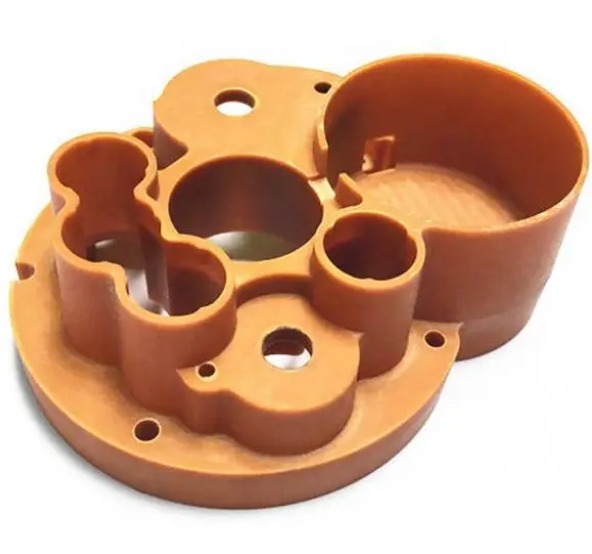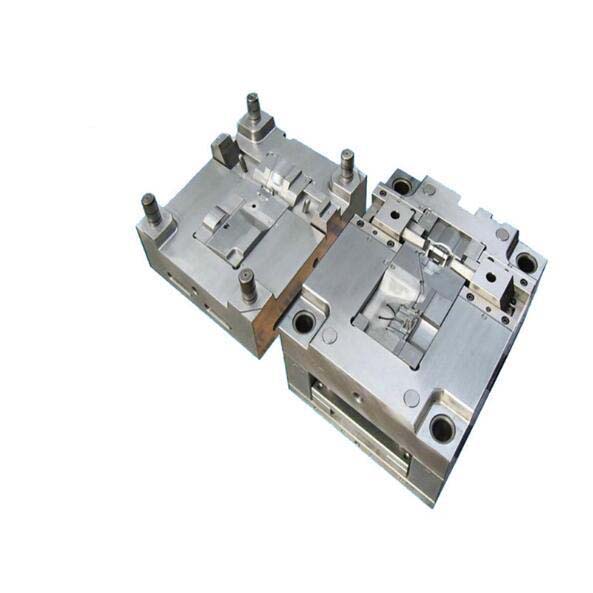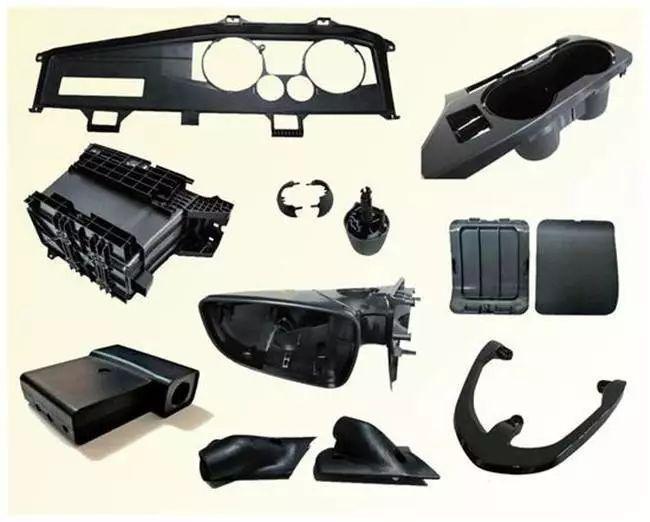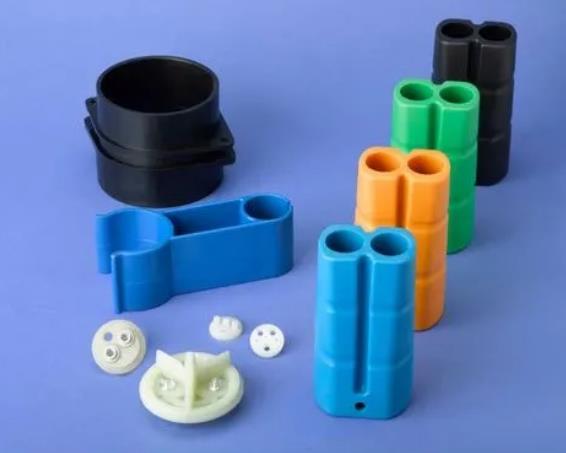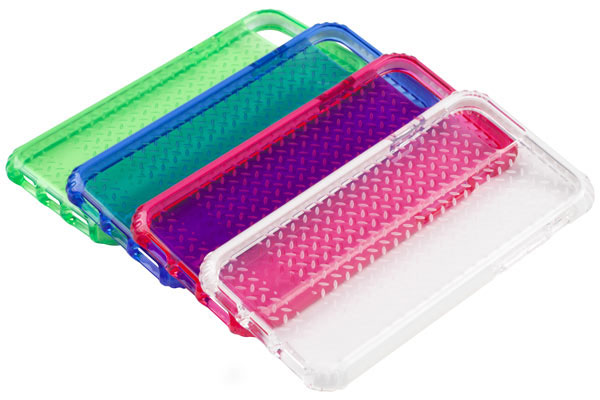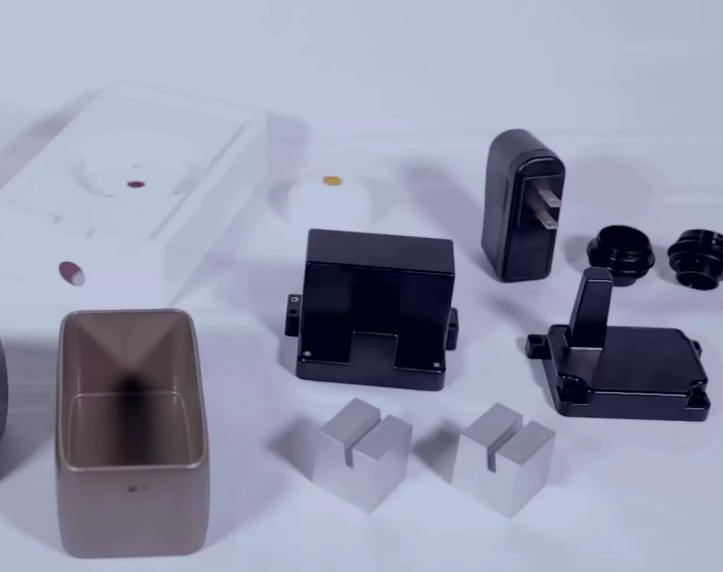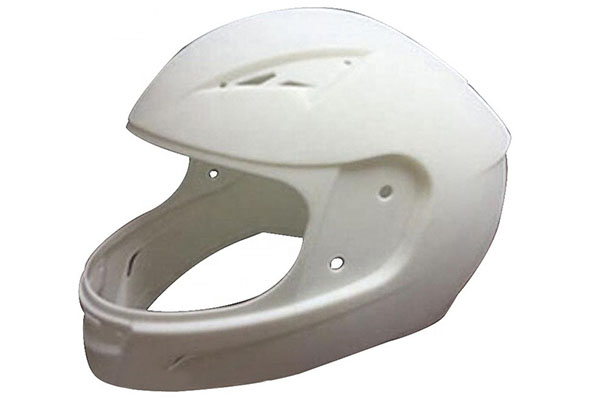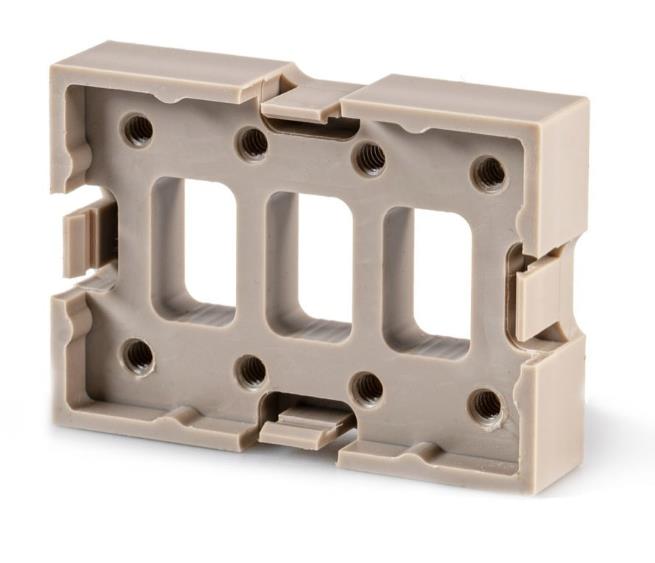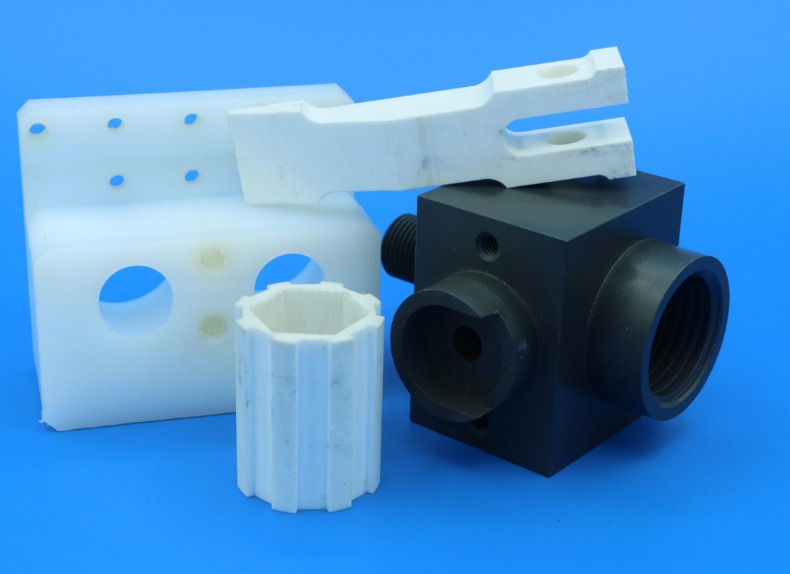Introduction
In the dynamic realm of modern manufacturing, achieving precision and efficiency is not just a goal but a necessity for staying competitive. One technique that has emerged as a game - changer in this pursuit is insert molding. This innovative manufacturing process has found its way into a wide range of industries, from automotive and electronics to consumer goods and medical devices.
Understanding Insert Molding
Insert molding is a specialized manufacturing process where pre - formed components, known as inserts, are placed into a mold cavity before the injection of molten plastic. These inserts can be made from various materials such as metal, glass, or even other plastics. Once the inserts are in place, the molten plastic is injected under high pressure. The plastic then fills the mold around the inserts, and as it cools and solidifies, it bonds with the inserts, creating a single, integrated product.
For Yigu Technology example, in the production of a smartphone, metal inserts might be used to create the internal framework that provides structural support while also allowing for the integration of electronic components. The plastic housing, formed through insert molding, not only protects the internal components but also provides a sleek and ergonomic exterior.
Importance in Manufacturing
The significance of insert molding in manufacturing cannot be overstated. Firstly, it offers a high level of design flexibility. Manufacturers can combine the unique properties of different materials, such as the strength and conductivity of metals with the lightweight and insulating properties of plastics. This combination allows for the creation of products that are not only more functional but also more compact and efficient.
Secondly, insert molding can significantly reduce production time and costs. By integrating multiple components into a single molding process, the need for secondary assembly operations is minimized. For instance, in the automotive industry, instead of assembling multiple parts separately, insert molding can be used to create a single, complex component in one step. This not only speeds up the production line but also reduces the risk of errors associated with manual assembly.
Moreover, insert molding enhances the quality and durability of products. The strong bond formed between the insert and the plastic ensures a more reliable and long - lasting product. In the medical device industry, where product reliability is crucial, insert molding is used to create components that can withstand sterilization processes and long - term use within the human body.
Insert molding has become an essential technique in modern manufacturing, enabling the creation of high - quality, innovative products that meet the demands of a diverse range of industries. In the following sections, we will delve deeper into the process, its applications, and the key factors for achieving mastery in insert molding.
The Insert Molding Process in Detail
Step - by - Step Breakdown
- Preparing the Insert: Before placing the insert into the mold, thorough preparation is essential. Inserts, especially those made of metal, often require cleaning to remove any dirt, oil, or contaminants. This can be achieved through methods like ultrasonic cleaning, where high - frequency sound waves are used to agitate a cleaning solution, effectively removing impurities from the insert's surface. For some inserts, a pre - treatment such as surface roughening or applying a primer might be necessary. Surface roughening, for Yigu Technology example, can be done through sandblasting, which increases the surface area and improves the bond between the insert and the plastic. By ensuring the insert is in optimal condition, the quality and integrity of the final product are significantly enhanced.
- Placing the Insert in the Mold:Accurate placement of the insert within the mold is crucial. Specialized fixtures or positioning devices are often used to ensure that the insert is precisely located in the desired position. This might involve the use of alignment pins, which fit into corresponding holes in the insert and the mold, guaranteeing accurate alignment. Additionally, the insert must be securely held in place to prevent any movement during the injection process. Vacuum - assisted systems can be employed to hold the insert firmly, or mechanical clamps can be designed into the mold to secure the insert. Even the slightest misalignment of the insert can lead to defects in the final product, such as uneven wall thickness or improper bonding between the insert and the plastic.
- Injection of the Plastic Material:Once the insert is in place, the injection of the molten plastic material begins. The plastic is first heated in the injection unit until it reaches a molten, flowable state. The temperature of the plastic during injection is critical. For Yigu Technology example, for polypropylene (PP), the injection temperature typically ranges from 180 - 250°C. The injection pressure also plays a vital role. High - pressure injection, usually in the range of 50 - 200 MPa, is often required to ensure that the molten plastic fills the mold cavity completely, especially around the insert. The injection speed is another factor; a too - slow injection speed may result in incomplete filling, while a too - fast speed can cause air entrapment or excessive shear forces that could damage the insert or the mold.
- Cooling and Solidification:After the mold is filled with the molten plastic, the cooling and solidification stage commences. This stage is crucial for determining the final shape, dimensions, and quality of the product. Cooling is typically achieved by circulating a cooling medium, such as water, through channels in the mold. The rate of cooling affects the crystallization of the plastic and the formation of internal stresses. A rapid cooling rate can lead to a higher degree of molecular orientation and increased internal stresses, which may cause warping or cracking of the product. On the other hand, a slow cooling rate can result in a more uniform structure but may also increase the production cycle time. The optimal cooling time depends on various factors, including the thickness of the product, the type of plastic used, and the mold design.
- Ejection of the Finished Product:Once the plastic has solidified, the finished product is ejected from the mold. Ejection is usually accomplished using ejector pins, which push the product out of the mold cavity. To prevent damage to the product during ejection, the ejector pins must be properly positioned. If the pins are too close together or not evenly distributed, they can cause stress concentrations and lead to cracking or deformation of the product. Additionally, the ejection force must be carefully controlled. Too much force can damage the product, while too little force may not be sufficient to eject the product from the mold.
Precision - Oriented Process Control
Yigu Technology Precision in insert molding is achieved through strict control of various process parameters. Temperature control is crucial at every stage. During the plastic injection phase, as mentioned earlier, the correct plastic temperature ensures proper flow and filling of the mold. In the cooling stage, maintaining a consistent mold temperature is essential for uniform solidification. Even a small deviation in temperature can lead to uneven shrinkage of the plastic, resulting in dimensional inaccuracies.
Pressure control is equally important. The injection pressure must be precisely adjusted to ensure complete filling of the mold without over - packing the plastic, which can cause excessive stress on the insert and the mold. The holding pressure, applied after injection to compensate for plastic shrinkage during cooling, also needs to be carefully controlled. If the holding pressure is too low, the product may have voids or sink marks; if it is too high, it can cause flash or excessive stress in the product.
Time management is another critical aspect. The injection time, cooling time, and cycle time all need to be optimized. A shorter injection time may save production time but could lead to incomplete filling, while an overly long cooling time can reduce productivity. By carefully adjusting these time parameters, manufacturers can achieve both high - quality products and efficient production.
Comparing Insert Molding with Other Molding Methods
Tabular Comparison
When considering different molding methods for product manufacturing, it's essential to understand their unique characteristics. The following Yigu Technology table provides a comprehensive comparison between insert molding and some of the most common alternative molding methods:
| Molding Method | Precision Level | Cost | Complexity | Application |
| Insert Molding | High, with tight tolerances. Can achieve tolerances as low as ±0.05 - 0.1 mm in many cases, allowing for the production of components with extremely accurate dimensions and close - fitting parts. | Medium - high. Higher initial setup costs due to the need for precise insert placement and potentially more complex molds, but can save costs in the long - run by reducing assembly steps. | High, requires careful insert placement. The process demands accurate alignment and secure fixation of inserts in the mold, which adds complexity to the operation. | Automotive, electronics, medical. In automotive, for engine components with metal inserts for added strength; in electronics, for circuit board connectors; in medical, for components with metal or plastic inserts that need to withstand sterilization. |
| Injection Molding | Good, but may have limitations for complex designs. Generally can achieve tolerances in the range of ±0.1 - 0.3 mm, suitable for most general - purpose plastic products. | Low - medium. Lower initial investment compared to insert molding in some cases, especially for high - volume production of simple parts. The cost per unit can be reduced with increased production volume. | Moderate. While the basic injection molding process is well - understood, complex mold designs for intricate shapes can still pose challenges. | General plastic products. Such as household plastic items like toys, storage containers, and some consumer electronics housings. |
| Blow Molding | Lower precision, mainly for hollow products. Tolerances are typically in the range of ±0.3 - 1 mm, which is suitable for products where high precision is not a critical requirement. | Low. The equipment and molds for blow molding are relatively inexpensive, and the process is efficient for producing large - volume hollow products. | Low - moderate. The process is relatively straightforward for creating simple hollow shapes, but more complex designs may require additional steps. | Bottles, containers. Used for manufacturing plastic bottles for beverages, chemicals, and containers for various products. |
| Compression Molding | Moderate precision, suitable for simple shapes. Can achieve tolerances around ±0.2 - 0.5 mm, making it appropriate for products with less stringent dimensional requirements. | Medium. The cost is influenced by factors such as the mold complexity and the materials used. | Moderate. The process involves placing the material in a mold and applying pressure, which is not overly complex but has its own set of process - control requirements. | Rubber products, some plastics. For example, rubber gaskets, and certain plastic parts with simple geometries. |
Precision - Centric Analysis
Insert molding stands out for its high precision capabilities, especially when compared to other methods. In injection molding, while it can produce complex plastic parts with good precision, the addition of inserts in insert molding allows for an even higher level of accuracy. For instance, in the production of electronic connectors, insert molding can ensure that the metal contacts are precisely positioned within the plastic housing. This level of precision is crucial for the proper functioning of the connector, as even a slight misalignment could lead to poor electrical connections.
Blow molding, on the other hand, is mainly focused on creating hollow objects like bottles. The nature of the process, which involves inflating a parison (a pre - formed tube of plastic) inside a mold, limits its precision. The walls of the blown - molded product may have some thickness variations, and achieving tight tolerances for small features is difficult.
Compression molding, although suitable for certain applications, also has limitations in terms of precision. It is more commonly used for products with simple shapes and less demanding dimensional requirements. For example, in the production of rubber mats, compression molding can create a functional product, but the precision in terms of exact dimensions and the integration of complex inserts is not on par with insert molding.
In Yigu Technology summary, when precision is a top priority, especially for products that require the integration of different materials and tight - fitting components, insert molding offers distinct advantages over other molding methods. However, cost, complexity, and the specific application requirements must also be carefully considered when choosing the most appropriate molding process.
Frequently Asked Questions
What are the common materials used for inserts in insert molding?
Common materials for inserts include metals like copper, which is often used in electrical components due to its excellent electrical conductivity. Aluminum is favored for its lightweight yet relatively high - strength properties, making it suitable for applications in the automotive and aerospace industries. Steel inserts offer high strength and durability, commonly found in products that need to withstand heavy loads or mechanical stress. Plastics such as nylon are also used as inserts, especially when a combination of flexibility and chemical resistance is required. Ceramic inserts are chosen for their high - temperature resistance and hardness, often used in applications like high - temperature engines or electronic components that need to operate in extreme conditions.
How can we reduce the internal stress caused by the difference in thermal expansion coefficients between the insert and the plastic?
To reduce internal stress, preheating the insert before the molding process can be effective. This minimizes the temperature difference between the insert and the molten plastic, reducing the stress caused by thermal expansion mismatch. Selecting materials with similar thermal expansion coefficients is another key approach. For example, choosing a plastic and an insert material whose coefficients are closely matched can significantly reduce stress. Optimizing process parameters such as the cooling rate is also crucial. A slower and more uniform cooling rate can allow the plastic to solidify more evenly around the insert, reducing internal stress. Additionally, using a compliant layer or a buffer material between the insert and the plastic can help absorb the stress generated during thermal expansion and contraction.
What are the key factors to consider when designing a mold for insert molding?
When designing a mold for insert molding, the insert positioning method is crucial. Precise and reliable positioning mechanisms, such as pins, grooves, or magnetic holders, need to be designed to ensure the insert is accurately placed in the mold cavity. The location of the 浇口 (gate) is also a key factor. The gate should be positioned in a way that allows the molten plastic to flow smoothly around the insert, filling the mold cavity completely without causing air entrapment or uneven filling. An efficient 排气系统 (venting system) is essential to remove the air inside the mold during the injection process. Without proper venting, air pockets can form, leading to product defects. Additionally, the mold's cooling system design should ensure uniform cooling of the plastic around the insert to prevent warping and ensure dimensional accuracy.
